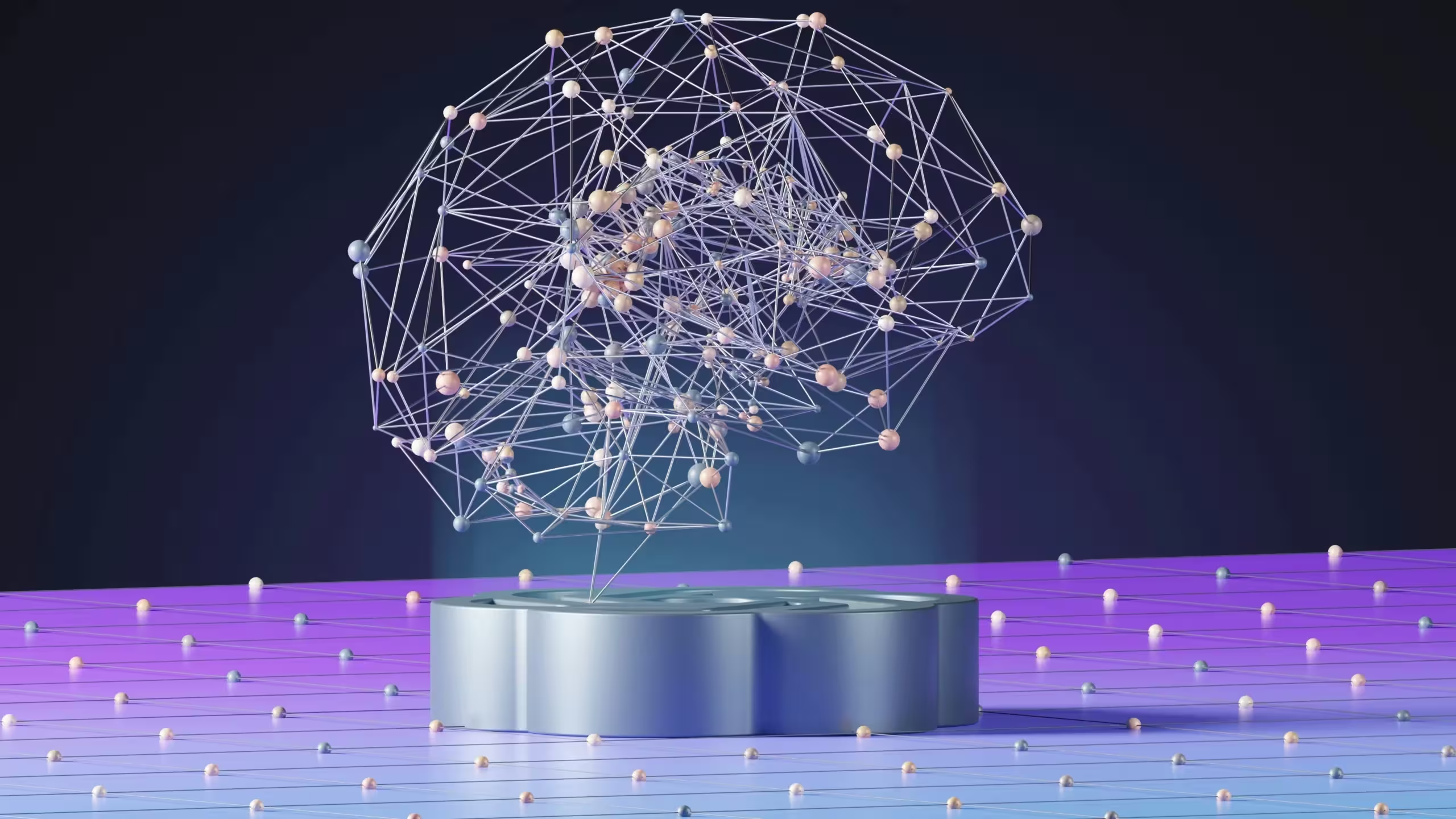If you’re a modern marketing team trying to keep up with content demands, campaign optimization, and data overload, there’s a good chance you’re already using AI—whether you know it or not.
But not all AI tools are created equal. And not all marketing agencies use them strategically.
At Social Link, we believe AI doesn’t replace smart marketers—it empowers them. We use AI to save time, unlock insights, scale creative output, and improve decision-making. But we also apply a critical human lens to ensure everything we deliver is aligned, ethical, and effective.
In this blog, we’re pulling back the curtain on:
- The AI tools our marketing team actually uses in our day-to-day work
- How each tool fits into our workflows—from paid media campaigns to SEO strategy
- Why AI is an advantage—but not a replacement—for great marketing
Why We Use AI in Marketing (And You Should Too)
AI tools give us an edge in several key areas:
- Speed: Automating repetitive tasks like data cleaning or A/B test setup
- Scale: Generating variations of ads, emails, or blog headlines quickly
- Insight: Spotting trends or performance anomalies faster than manual analysis
- Consistency: Ensuring brand tone, timing, and optimization are systematized
The key is knowing where automation adds value—and where human strategy still leads.
Let’s dive into the tools we use and how they’re applied.
1. ChatGPT & Claude: AI Writing Assistants
Used for:
- Drafting blogs, emails, ad copy, and social posts
- Brainstorming ideas or outlines
- Rewriting content for tone or clarity
We use ChatGPT for high-speed content creation, especially for first drafts or brainstorming. For more nuance or long-form content, we layer in tools like Anthropic’s Claude for thoughtful rewrites and voice matching.
But we never hit “publish” without a human touch. Everything goes through our in-house writers for editing, accuracy, and brand voice.
2. SurferSEO & Clearscope: AI Content Optimizers
Used for:
- Optimizing blog posts and landing pages
- Identifying relevant keywords and semantic terms
- Ensuring on-page SEO alignment
We use SurferSEO and Clearscope to bridge the gap between creativity and algorithmic success. These tools help us write content that Google understands and users enjoy reading.
Combined with our SEO strategies, they ensure content ranks well—and stays ranked.
3. Jasper.ai: AI Copy Generation at Scale
Used for:
- Creating ad variations for Meta and Google
- Drafting headlines and CTAs
- Generating product descriptions and short-form copy
Jasper is a go-to when we need to test lots of creative at once. We feed it brand inputs, tone guidelines, and offers—and it delivers multiple angles to test.
We especially rely on it in Google Ads and social media advertising, where variation = performance.
4. Grammarly & Hemingway: Editing + Clarity Checkers
Used for:
- Improving readability
- Eliminating typos or awkward phrasing
- Matching tone to target audience
Even after human review, we use Grammarly and Hemingway to polish content for clarity and structure. These tools catch what eyes sometimes miss, especially when working quickly across large content batches.
5. Canva’s Magic Studio + Adobe Firefly: AI Design Helpers
Used for:
- Resizing creatives automatically
- Generating background images or product mockups
- Speeding up visual production
AI-powered tools like Canva’s Magic Resize or Adobe Firefly help our designers do more, faster—especially with social media content that needs frequent formatting for different platforms.
They’re particularly useful for branding campaigns and multi-channel creative testing.
6. Pencil + AdCreative.ai: Creative Testing & Generation
Used for:
- Generating ad creative variants
- Auto-testing messaging and image combinations
- Analyzing creative fatigue or performance drop-offs
Pencil and AdCreative.ai combine performance data with creative generation. We use them to quickly build new variations when we see ad fatigue setting in.
This speeds up creative cycles while maintaining performance on platforms like Meta and YouTube.
7. Chatbase + Dashbot: Conversational AI for Engagement
Used for:
- Creating smart lead capture bots
- Training on brand-specific FAQs
- Improving on-site and social engagement
We’re building next-gen chatbots using AI-trained tools like Chatbase. These bots don’t just answer FAQs—they qualify leads, schedule consults, and guide users through your funnel.
They’re especially powerful for clients focused on lead generation and conversion rate optimization.
8. GA4 + Pmax Insights: Predictive Analytics
Used for:
- Audience behavior forecasting
- Attribution modeling
- Cross-channel performance comparisons
We use Google Analytics 4 and Performance Max insights to identify:
- High-converting audiences
- Cross-platform assisted conversions
- Opportunities to scale or optimize spend
AI-powered attribution modeling helps us connect the dots between SEO, PPC, email, and more.
9. Zapier + Make (Integromat): AI Workflow Automation
Used for:
- Connecting marketing tools
- Auto-generating tasks based on lead actions
- Routing data to the right team member
These tools don’t use “AI” in the generative sense—but they do use smart logic and triggers to automate tasks that used to eat up hours of time.
For example, when a lead fills out a form on a landing page, we can instantly:
- Notify sales in Slack
- Add the lead to a CRM sequence
- Trigger a follow-up email
It’s automation with intelligence, not just scheduling.
10. Midjourney + RunwayML: Experimental Creative AI
Used for:
- Visual experimentation
- Concept development
- Mood board creation and brand ideation
For clients in creative industries or early-stage brands, we sometimes use Midjourney and RunwayML to experiment with bold visuals and conceptual mockups.
While not used in final creative as often, these tools inspire new directions during our branding workshops.
Why AI Alone Isn’t Enough
Let’s be clear: AI is a tool, not a strategy.
You still need:
- A clear brand voice
- A customer-centric strategy
- A human to QA, adapt, and refine content and insights
At Social Link, we use AI to enhance our capabilities—not replace them. Every AI-generated output is reviewed, contextualized, and optimized by our team.
We believe in an AI-assisted, human-led model—because creativity, empathy, and business instinct can’t be automated.
Final Thoughts: AI That Makes Marketing Smarter
AI tools are changing the way marketing is done—but not everyone uses them well.
At Social Link, we’ve invested in:
- Building efficient, AI-powered workflows
- Training our team on responsible use
- Combining automation with strategic oversight
The result? Faster output, sharper insights, and better results for our clients.


